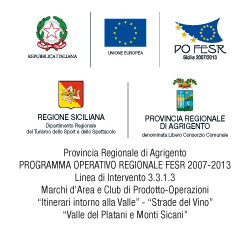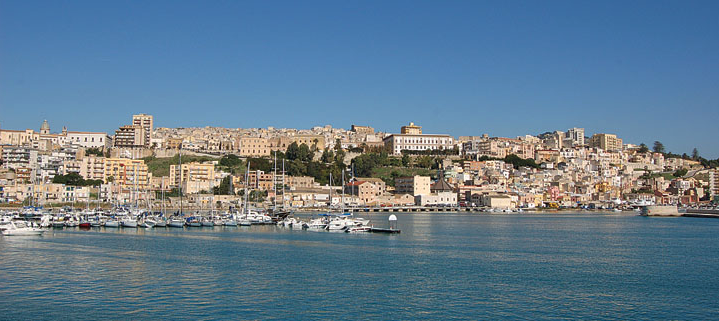
Sciacca is a well known tourist center. Renowned for the virtues of its thermal springs, the production of fine ceramics, its beaches and its sumptuous Carnival, the most beautiful and ancient of Sicily.
His story is one of the oldest of our Sicily, full of events that have left a memorable over the centuries.
Dramatic cliffs, formerly known as the baths of the mythical Selinunte, is today well preserved architectural remains of the different cultures that followed one another in Sicily. Frequented by the Greeks of Selinunte, then by the Romans who called, precisely, Thermae Selinuntinae (340 AD), it was the Arabs who gave it its present name (from as-saqqah = slit) and the urban Islamic still evident in some districts, such as Rabato, where you can see the typical layout intricate and tortuous Arab cities.
From the fifteenth century. until the mid-sixteenth century. Sciacca enjoyed further expansion and its economic expansion, based mainly on the transfer of goods and strategic control of the Strait of Sicily, was enough to make it one of the richest and most powerful cities in Sicily.
In 1870 they discovered some coral reefs, the city had a further economic expansion and this event, along with the main activity of the baths, had a strategic role for the local economy. This allowed to create 800 construction of the first spas in the Valley of the bathrooms, while between 1928 and 1938 was made, in a park in Art Nouveau style, the new spa complex, called the most beautiful architectural achievement twentieth century in Sciacca.
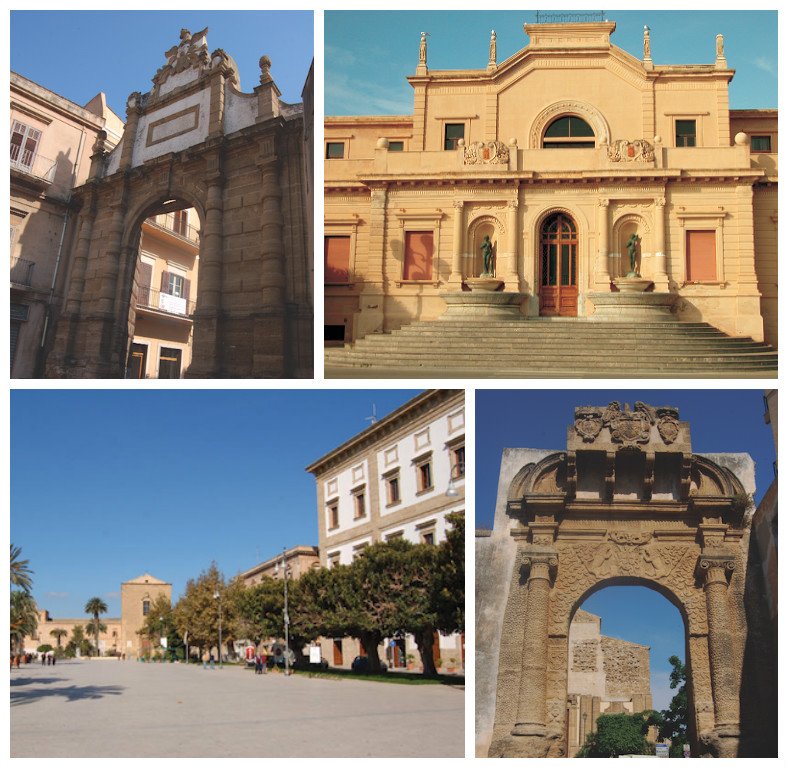 Monuments to visit
Monuments to visit
Sciacca is a beautiful city, rich in works of art and fine architecture, it offers tourists the opportunity to know a monumental and artistic heritage of great interest enriched by picturesque alleys and corners of the picturesque old town. The town, very characteristic, has basically three levels: a lower part, the maritime area with the fishing port, a median, which basically corresponds to the old town, a high, and over at the sixteenth-century walls, where they are expanded the new districts.
The historical center
To learn more about the historical center are advised to leave the car at the entrance of the city near Piazza Friscia opposite the Villa Comunale in or near Viale delle Terme and start with a visit of the Duomo in Piazza Don Minzoni. Later you can see immediately the Palaces Tagliavia San Giacomo and Arone Tagliavia, two ancient building built in the '400 and restructured nell''800. Square Friscia, you can see the side facade of the Palace Tagliavia S. Giacomo, particularly rich artistic decorations neogothic Nearby is the Cathedral. Erected in the early twelfth century and dedicated to St. Mary Magdalene, in it you can admire the frescoes painted by Tommaso Rossi. On the altar is a statue of Our Lady of Help, patroness of the city, attributed to the sculptor Laurana and a baptismal font dating from both the year 1500.
On the left side of the Duomo an elegant nineteenth century building houses the Museum Scaglione. The palace was the residence of Francesco Scaglione, a member of more learned agrarian bourgeoisie Sicilian lover of literature and the arts. In its rooms contains fine collections of paintings, engravings, sculptures, pottery, porcelain, archaeological finds, coins, corals, furniture Sicilian handicraft, objects that testify to the passion of a life dedicated to collecting voted exclusive search for elegance and "beautiful."
Taking up the Corso Vittorio Emanuele, on the right side is Palazzo Maurici, a building of the seventeenth century. and a little further it reaches Piazza Scandaliato landmark of the city center. A large terrace from which you can see a beautiful landscape where the port, the fishing boats, the coast, the roofs of the houses of the neighborhoods below, are the decorative elements of a postcard natural edged out of the blue African sea. Adjacent to the square is the church with the former convent of San Domenico founded in 1532 by Thomas Fazello, while on the opposite side of Piazza Scandaliato is the former Jesuit College, an ancient and elegant monument whose foundation stone It occurred on June 13, 1613. Today this is the seat of the Town Hall.
Continuing along Corso Vittorio Emanuele you meet on the right side the Torre del Pardo construction of the Middle Ages, and the next century Palazzo Perollo in late Gothic style. On the left side of the former Hospital of St. Margaret of the fourteenth century., The former church of San Gerlando with beautiful stone portal and the top of the embattled front, also dating from around the fourteenth century. and finally the church of Santa Margherita in the Catalan Gothic style.
Very close to the church of Santa Margherita, you can visit the Church of the Carmine. Here you can admire a Gothic rose window on the facade of the '300. There are numerous works of art inside, including a statue of St. Vitus, several paintings dating back to the mid '500, the sarcophagus of Norman Gilberto Perollo and a valuable polychrome majolica depicting the baptism of Jesus realized in 1961.
In the same square is the background of the sixteenth-century Porta San Salvatore splendid fusion of architecture and sculpture of the sixteenth century with its two bastions called respectively the San Salvatore and of Alfa. It was rebuilt in the '500 when Charles V had to raise the walls.
Going up the street Gerardi further on you reach Porta Palermo, one of the other entrances along the city walls. Built in 1753 during the reign of Charles II of Bourbon, it is topped by a large emblem dominated by an eagle with spread wings.
Returning towards the end of Corso Vittorio Emanuele stands noble and elegant one of the most beautiful and extraordinary monuments of Sciacca, the Steripinto. Built in '500, it is a fortified palace, which has the characteristic of having a facade adorned with a long series of ashlar tuff sandstone shaped diamond with varying daylight creates suggestive shadow effects.
Returning to Piazza Scandaliato, rising from Via Roma and proceeding on the right side of the street Licata, it meets the staircase of Vicolo Puccio / Salita S. Michele. Along this climb with its numerous lanes and courtyards, you reach the ancient village of the Muslim district of San Michele.
In the main square is the Church of St. Michael the Archangel. Built on a fourteenthcentury, it was rebuilt between 1632 and 1635. In the same square you can visit the Church of Santa Maria dell'Itria, adjacent to the monastery called "Badia Grande". Turn to the church is on the line of city walls north of the city, Porta San Calogero, built in 1330 when Frederick II of Aragon expand the boundary walls of the village.
Walking along the street where Amato insists the eighteenth century Palazzo Amato to the Castle of the Counts Moon, built by Guglielmo Peralta between 1393 and 1398. Today there are visible a tower and walls.
Along the way you enter the Castle District Terravecchia setting typically medieval and marked by narrow streets and narrow alleys. Along the way Perollo is Piazza Porta S. Pietro, where they are immediately visible the scant remains of the Norman Castle of Perollo (Old Castle). Going down to the right brings you to the church of San Nicolò La Latina. Built by Juliet daughter of Count Roger between 1100 and 1136, it was built in Rabato (district populated by Muslims) and is one of the most expressive of the Arabs and Normans saccense.
In front of the church of St. Nicholas stands the opposite side of the church of Santa Caterina. From here you can reach Piazza Lazzarini and so forth Licata. Away from Licata, which in the Middle Ages divided the district Cadda district of Mezzo, you can see the Palazzo Ventimiglia built in '400, while covering it all comes to Piazza Purgatorio where there is the fifteenth-century Church of Purgatory.
Moving to the east of the city, you can reach the Church of St. Augustine, on the inside you can admire works by Giacomo Cagini.
Not far from the Church of St. Augustine, you reach the church and monastery of Santa Maria delle Giummare style Gothic-Catalan. Returning to the south, near the town park, is the former convent of St. Francis with the recent restoration has become a center for exhibitions, conferences and cultural events. Going down further, along the Viale delle Terme, the plant will reach the Terme di Sciacca, an elegant structure of the '30s of the last century which overlooks the beautiful scenery of the Sicilian coast.
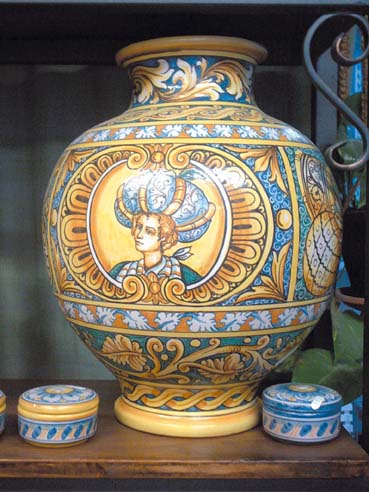 Visit the shops of the potters of Sciacca
Visit the shops of the potters of Sciacca
A walk in the historic center also allows you to admire the many factories, workshops and laboratories dedicated to the production of ceramic objects, true and authentic forms of artistic expression. It seems superfluous advice for those who have chosen this route buying a beautiful object ceramic.
The fine craftsmanship saccense had every time a production of the highest level so as to be always been appreciated in all markets where it was exposed.
Many texts report that between '500 and' 600, pottery, tiles, paintings, decorations various products were required to Sciacca in Sicily for their accurate production and enamel paints motifs fantastic and original. In the cave of Mount Kronio it is visible above the altar of St. Calogero an icon depicting the Holy majolica made by father Francis Lu Xuthus dating back to '500.
Today, walking through the streets of the historic center of Sciacca is a continuous stopping to admire the fine ceramics exhibited in the many shops-laboratories, all with unique decor and special manicured. Often you walk into a store to buy some items and find the artisan intention to make his latest creation. Surely will dispensarvi news on various construction techniques and the type of decoration applied to its majolica thus offering the visitor a unique opportunity to learn about and appreciate the fine art of potters Saccensi.

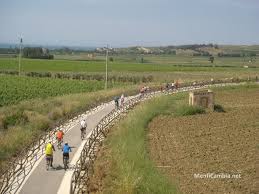
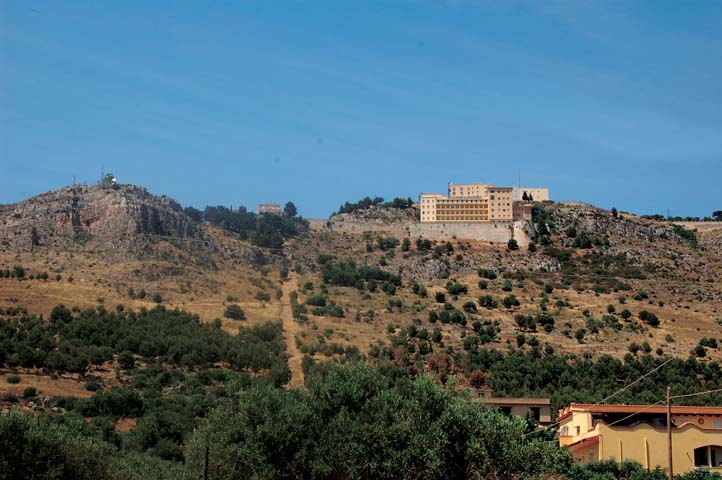 Nature Reserve - Monte San Calogero
Nature Reserve - Monte San Calogero
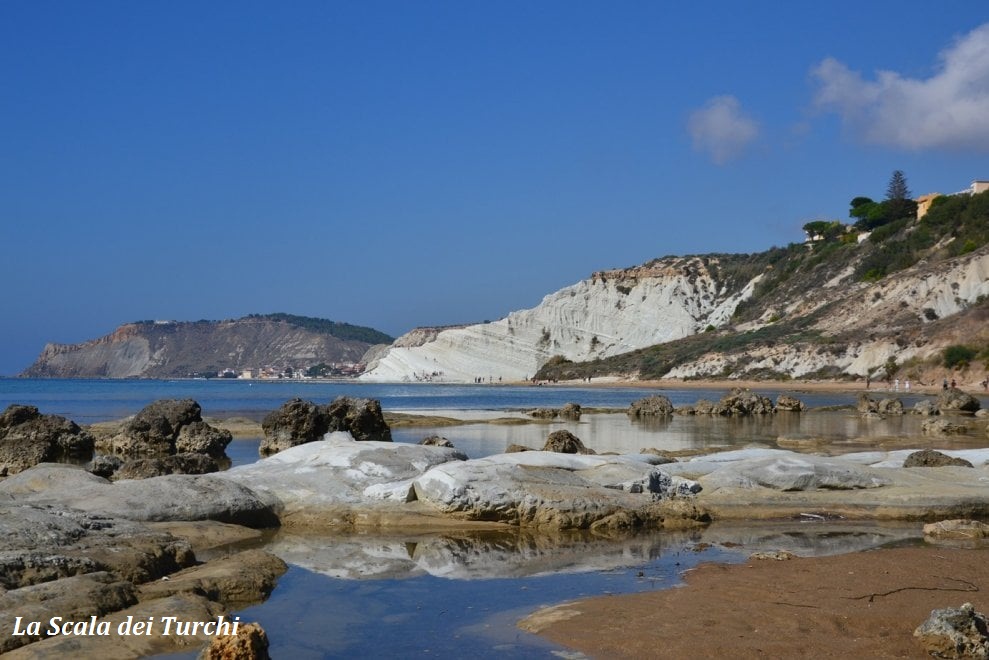 The discovery of the coast - 4 routes to the west between the sea and inland
The discovery of the coast - 4 routes to the west between the sea and inland
